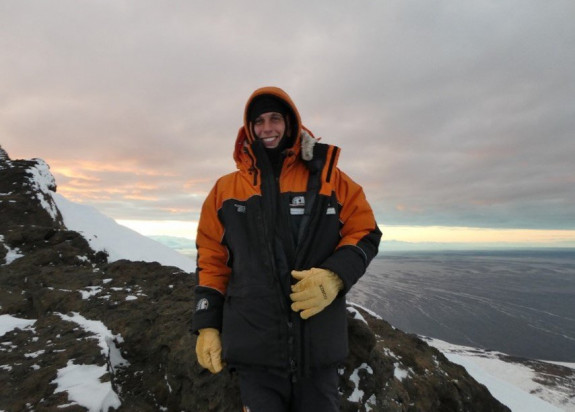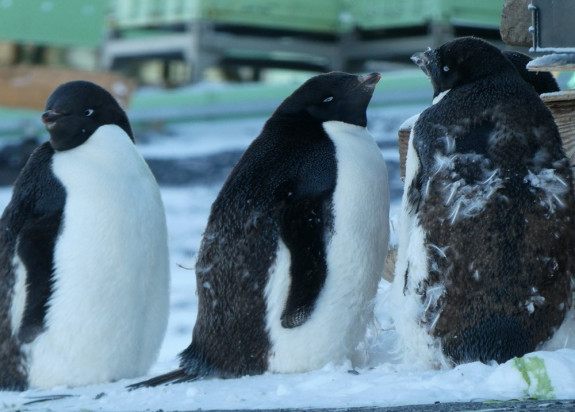New GNS geomagnetic observatory at Scott Base

A new geomagnetic observatory operated by GNS Science at Scott Base in Antarctica was built over summer.
The polar observatory is vital to solid Earth modelling and studying space weather - including magnetic storms. Polar regions are where the interaction between solar wind and the magnetosphere is greatest.
“Our current Antarctic geomagnetic observatory has been running faithfully since the late 1950s. With the exciting news of a Scott Base rebuild, we needed to head down to install the new site to ensure that our accurate geomagnetic measurements continue,” Merijn Thornton from our Remote Infrastructure Management team says.

"In addition to supplying data to companies who monitor space weather to minimise impact to their equipment and services, geomagnetic observatories are needed for research purposes, calibrating satellite magnetic measurements, and aurora forecasting. It’s also necessary for accurate air and ship navigation, and for smartphone orientation. No one thinks about geomagnetic observatories when using Google maps!"

The observatory consists of four instruments, two in the ‘variometer hut’ – a fluxgate magnetometer (measuring vertical, magnetic north and magnetic east field components and looks a bit like R2D2!) and a proton magnetometer (measuring the total field force for quality control). This hut also houses the comms and power equipment.
In the ‘absolutes hut’ there’s a DIM magnetometer that measures the absolute declination and inclination. There’s another proton magnetometer in this hut that’s used for absolute measurements.
Part of the value of magnetic observatories is in having a long record to define very long-term changes. GNS Science has a proud history of undertaking regular reference measurements in Antarctica that continue on from British explorer Robert Scott’s that began in 1912.
A team from GNS Science worked in collaboration with Antarctica New Zealand and Geoscience Australia on the successful build and install of our new Scott Base observatory.